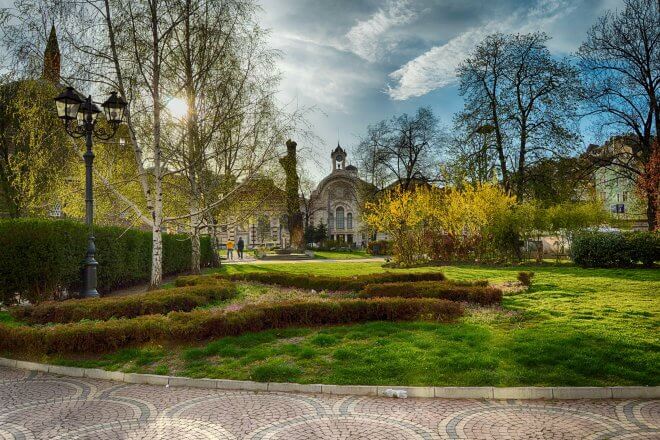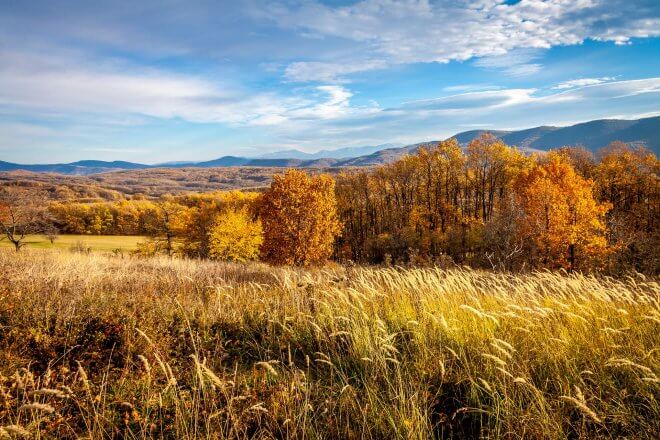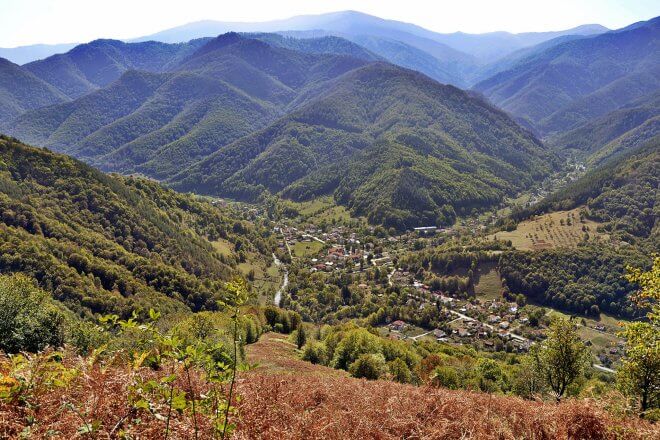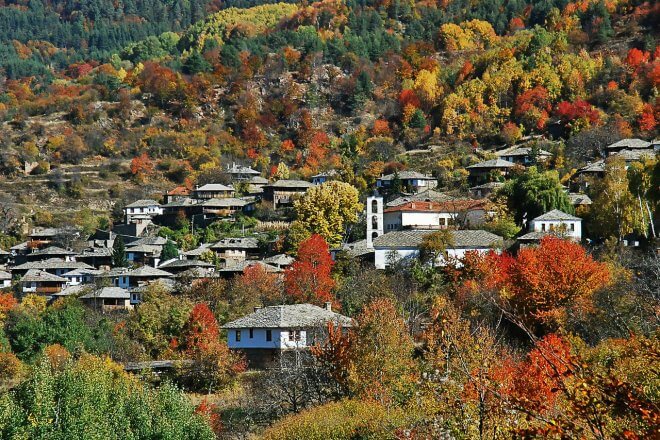Alternative Travel Index Rank: #19
Bulgaria also ranks 10th in the Top 10 Cultural Travel Destinations
Excels in cultural & natural heritage and ATMs coverage
Population and tourists density at peak season: 71 (medium)
Bulgaria is located in the Balkans, on the western side of the Black Sea. It’s one of the most exotic countries in Europe, offering high biodiversity, nice beaches, lovely churches, and many winter sports opportunities. Although not a popular travel destination, Bulgaria is a beautiful place that deserves to be discovered.
Travel Costs
Bulgaria ranks #35/141 for price competitiveness in Justraveling’s Alternative Travel Index. Average travel costs per day: $34 (backpacker) – $93 (mid-range). Cheapest Bulgarian cities: Blagoevgrad, Plovdiv. Most expensive: Varna, Burgas.
Best Time to Go
Mar-Jun and Sep are the best time to go to Bulgaria. It has a dynamic climate, with mild springs and warm, breezy summers on the coast, and cold, damp winters in the interior. The coast gets busy and expensive in high season.
Places to Visit
Sofia, the capital and a major point of interest in Bulgaria, features nice parks, a unique combination of European and Communist-style architecture, over 250 historic landmarks, and a great deal of cultural places of interest.
Pirin National Park is one of the most notable botanic areas in Bulgaria, with about 1300 higher plant species and three vegetation belts (forest, subalpine, and alpine). The park is inscribed in the UNESCO’s World Heritage List since 1983.
Kazanlak, located at the foot of the Balkan mountain range, at the eastern end of the Rose Valley, has a long cultural tradition, and keeps its Thracian heritage alive. The town is also surrounded by 2 national parks (Buzludzha and Shipka), that offer excellent conditions for relaxation and outdoor activities.
The Srebarna Nature Reserve comprises Lake Srebarna and its surroundings, and is located on the Via Pontica, a bird migration route between Europe and Africa. The reserve is home to 139 plant species, and a wide variety of fauna.
Travel Ideas and Things to Do
Hiking is very popular in Bulgaria, and the Balkan Mountains, in particular, have a lot to offer. The long distance route E3 follows its main ridge, leading to the Black Sea, but there are many shorter trails to choose from. Besides enjoying the natural wonders of the national park, here you also experience the authentic rural Bulgaria, with its distinct traditions, crafts, and festivals. Need a guide?
The Eastern and lower Western Rhodope Mountains feature an extensive network of relatively easy mountain trails and a mild climate which make them ideal for short spring/summer walks as well as multi-day hikes. More info here.
Moving at a slow pace with Bulgarian trains is a great way to discover the country’s landscapes, traditional villages, monasteries, and many other cultural spots. The scenic train journeys from Bansko to Septemvri, and from Sofia to Mezdra are highly recommended. Eurail Bulgaria Pass starts from € 81.
Volunteer at Dancing Bears Rescue Park Belitsa in the Rila mountain range, one of the largest bear conservation area in Europe. The park is home to dozens of beautiful bears which live in their natural environment after being rescued.
More active travel ideas for your next trip can be found in the Hiking Series. Check out these five routes to enjoy an awesome day hike in Bulgaria.
This Travel Guide is a work in progress. Improve it with a Bulgarian touch!
- Browse All European Destinations
- World’s Best Alternative Travel Destinations
- Trip Planning: Inspiration, Budget, Flights, Accommodations, Tools
Sources: some text excerpts from Wikitravel & Wikipedia; travel cost data from Numbeo.




